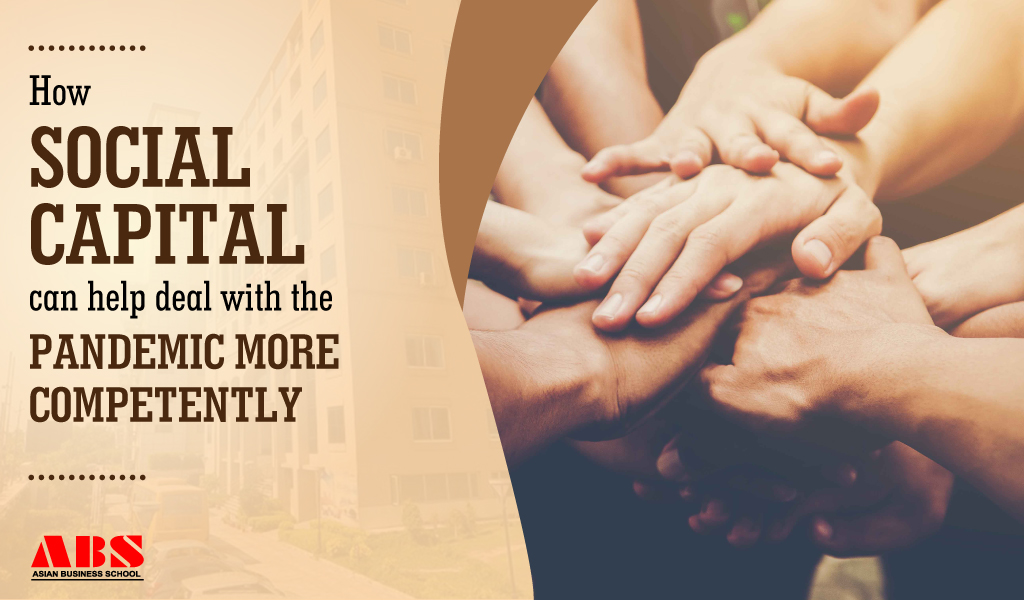Trapped inside an unprecedented health crisis called COVID-19 pandemic, if we look around us, we will find that there are some countries that have managed to fight the pandemic better than other countries and also some states in India that have managed better than others. And if you sit to analyze, there could be many factors behind the success and failure of countries and states. Some of the determining factors could be the population density, the average age of the population, the migration to a state from other states and countries, etc. But all said, we might miss another important influencing factor – viz., the “Social Capital” of the state or the country.
Consider this: Had it been just about a model or a strategy, any state or country could have easily adopted that strategy. Again, had it been about certain specific actions of leaders, who were able to contain the situation to a large extent, other leaders could adapt accordingly. But, to really understand what lies beneath, we may have to look deeply into the social fabric of the society to understand the success and failures we have had in dealing with the COVID-19 pandemic.
There are chances that one of the key factors that could influence the lower mortality rate or lower number of infections could be the social capital deep-seated in that society.
What exactly is social capital?
Social capital can be broadly defined as the interpersonal relations, social networks, shared sense of identity and trust within a society. To put it differently, social capital may be said to refer to features in a social organization like trust, norms and networks that can substantially improve the efficiency of the organization.
One of the ways of understanding social capital is to understand its networked structure of the social capital. These networks are basically a way of understanding social systems, communities or an organization by focusing on the relationships among the entities that make the particular social system.
Here, it might be relevant to quote from the book ‘Building Resilience: Social Capital in Post-Disaster Recovery’ by Mr. Daniel P Aldrich which reads, “People with strong social networks experience faster recoveries and have access to needed information, tools, and assistance. Communities and neighbourhoods with little social capital may find themselves unable to keep up with their counterparts with these deep networks.” Although what Mr. Aldrich spoke of was about post disaster recovery, one can see that this is also applicable today in the case of the COVID-19 pandemic.
A case in point is how when one of the worst floods hit Kerala two years ago, we saw the social capital and collective resilience in big action. At the time of the rescue and relief operations being carried out, common people of Kerala exhibited a high level of intra- and inter-community trust and networking. What’s more, the tech-savvy people coordinated the rescue work through social media platforms, even though sitting in various parts of the globe. As a matter of fact, the local fishermen took their boats to flood-affected areas saving a large number of people. The various local support groups that got formed specifically for the cause took care of food and accommodation of the affected people.
A scenario similar to this has prominently emerged during this ongoing COVID-19 pandemic wherein a variety of local support groups have sprung up in all those states of India as well as other countries that can be said to have been less affected by the mayhem unleashed by this deadly health crisis. And this success in the eventual analysis can be substantially credited to the respective social capital obtained in these human societies and communities.


